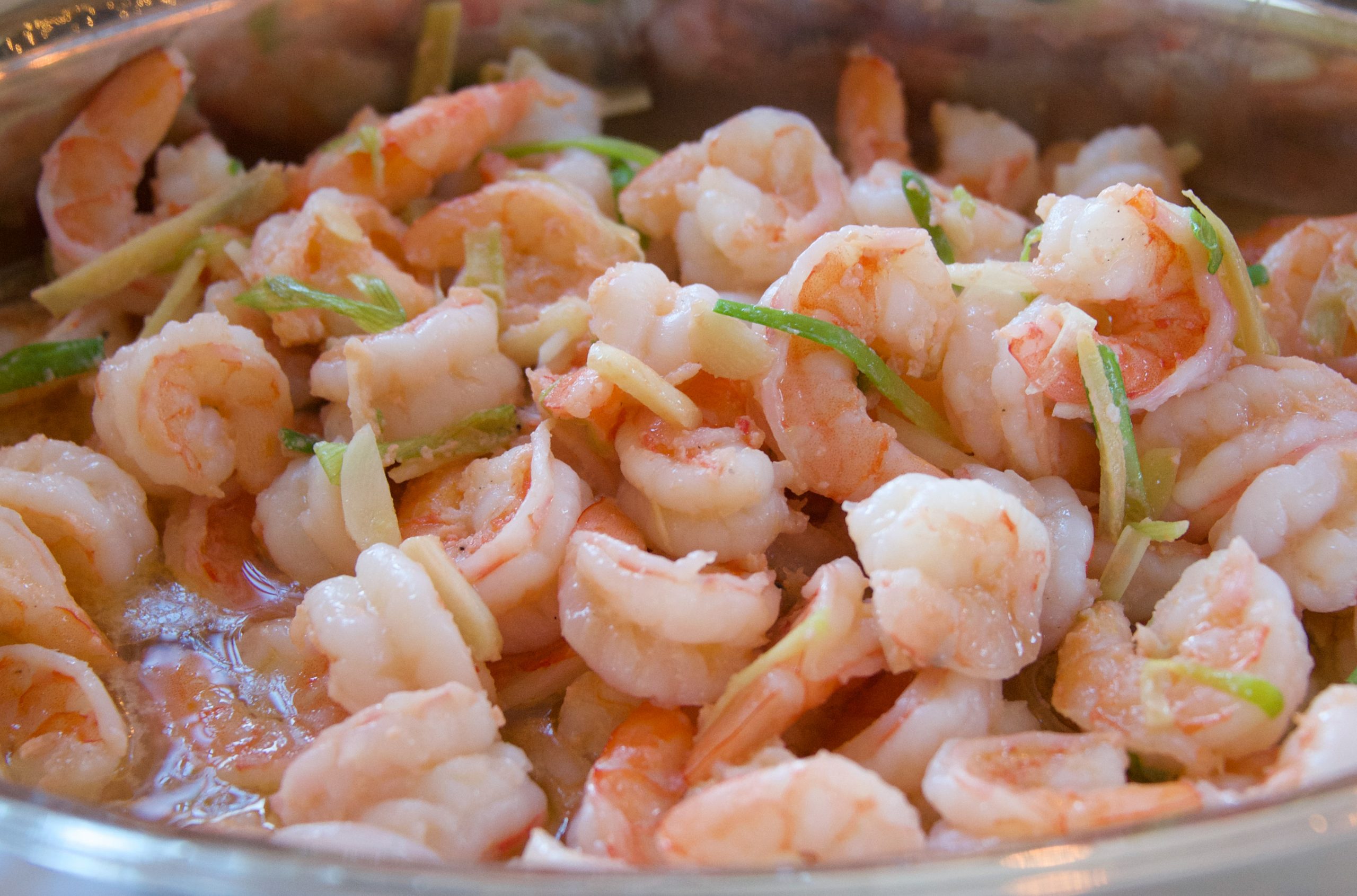Sautéed Ginger-Scallion Shrimp at Shockingly Delicious!
I’m thrilled to be branching out this week and sharing Sautéed Ginger-Scallion Shrimp with the readers of Shockingly Delicious. If you’ve yet to check out this fabulous food blog, it offers “unbelievably drool-worthy, scrumptious, ‘scary good’ recipes for people who love food!” Such a nice venue for this quick and delicious shrimp recipe! Please head over to fellow journalist, food blogger and seafood fan Dorothy Reinhold’s site for more about Sautéed Ginger-Scallion Shrimp. You’re sure to get hooked. It’s Shockingly Delicious!
